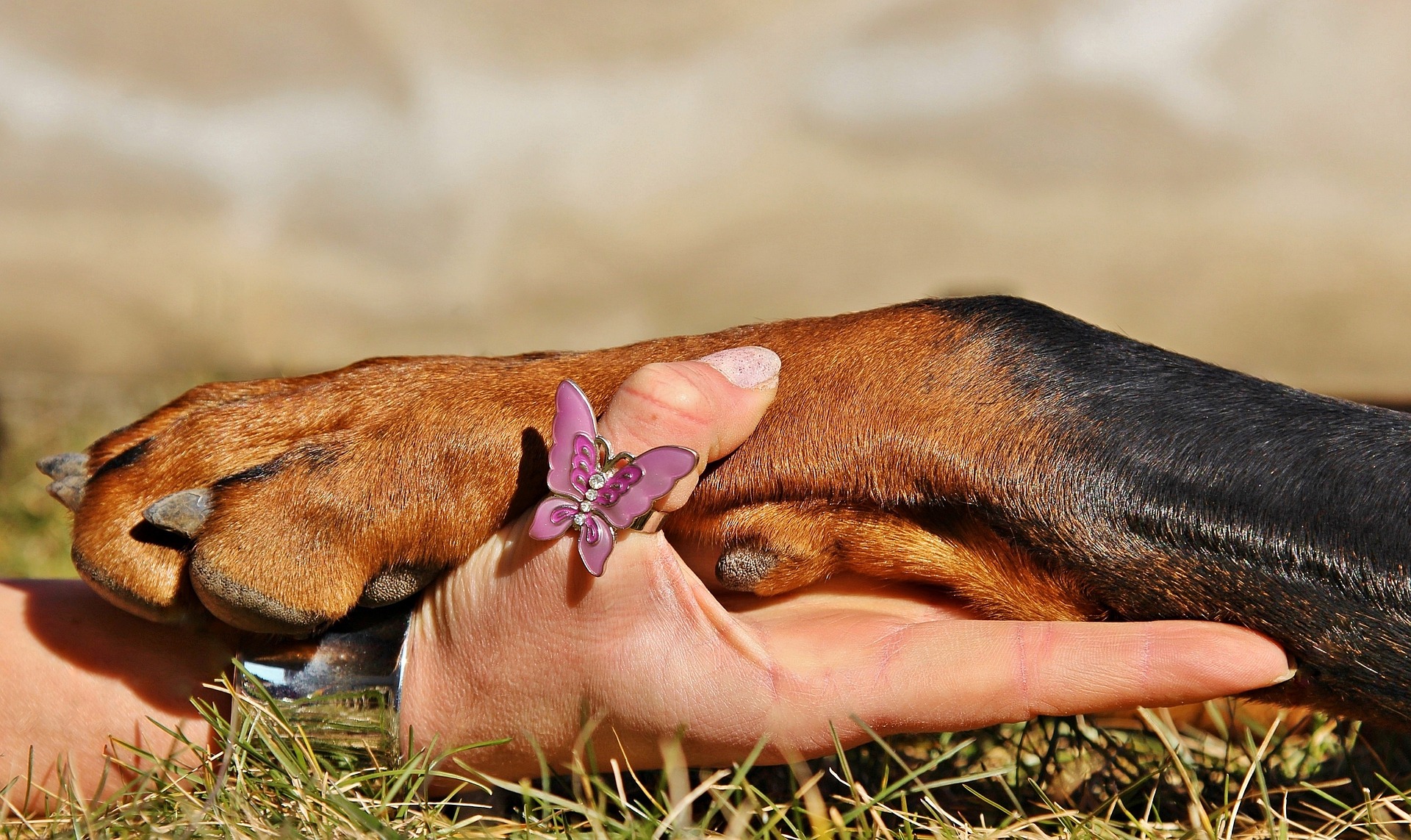Winter can be harsh on your pet’s naked paws. The cold weather, ice, snow, and cold floor can crack their paws and even peel the soft skin. Ailing paws can be a trouble for the pets.
Taking your pet outdoor or for the hiking during winter can lead to many troubles too. You should ensure to provide enough protection to their fragile paws to keep them safe.

Here are some tips to keep their paws safe:
Keep your dog's nails trimmed
Long nails make your dog's toes spread when they walk. This allows more room for snow and ice to build up between the toes. This can be a painful experience. Untrimmed nails can also affect your dog's weight distribution, pushing their overall weight onto the back of their feet. This creates less traction in the feet and they will be more likely to slip on icy surfaces.
Trim the fur between Toepads
By trimming the fur between their toe pads you’ll level the pad fur with the pads themselves. This helps to reduce the amount of snow, salt, and grit accumulation between the toes. Compacted snow salt on your dog's feet makes walking difficult for them and can also affect their ability to stay on their feet.
Lubricate paws before heading outdoors
Cold weather, ice, and salt can cause your dog's pads to dry out and crack. You can prevent this by wiping his paws with Vaseline or cooking spray before you take him out for a walk. Be sure to keep him off slick surfaces inside the house, such as tile, and outside the house, such as ice.
Consider dog booties
Dog booties are a great way to keep your dog's feet safe and in good condition, particularly when the ground is hot, wet, or snowy. Dog booties provide optimum protection from any outside elements and help your dog retain body heat. It’s common for dogs to not take to wearing boots as it can be uncomfortable for them. Try a gradual approach, and let them sink into it for a while. Let them wear booties inside the house for short periods of time and offer them a prize or treats
Check your De-icer
De-icer can produce salt and other ice-melting granules or chemicals that can irritate your dog's paws. It can also cause stomach ailments if ingested. When choosing a De-icer you should consider buying non-toxic options, such as sand, gravel, and non-clumping cat litters. If you do use salt or chemical deicers, choose to buy "pet safe" brands.
Wash your dog's paws after walks
When coming inside the house from the outdoor, consider washing your dog’s feet with a warm water or rinse them. This helps to warm up their cold paws. It will also wash off any salt or deicing chemicals residue formed between their toes.
Apply Vaseline on Dog’s Paws
The snow, ice, and salt can cause your dog's pads to dry out and crack. You should consider wiping their paws with Vaseline or cooking spray before you take them outdoors. Consider keeping them off slick surfaces inside the house, such as tile, and outside the house, such as ice.
If you notice any trouble with their paws, do consider visiting our veterinarian at the earliest.